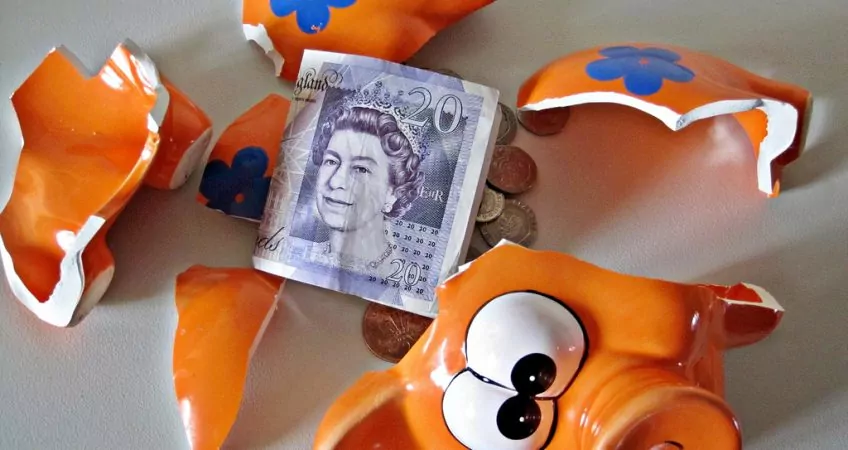
How To Create A Self-Sufficient Life Overseas
The Self-Sufficient Life Overseas
Emergency planning. It’s a common topic in the aftermath of Superstorm Sandy. It’s not only economic disasters, currency collapses, bank failures, and stock debacles we need to plan for. It’s natural disasters, too, as Sandy has reminded the world. Hurricanes, earthquakes, tornados, typhoons, monsoons, winds, flooding, drought. Few places in the world are free from every possible disaster Mother Nature can serve up.
Panama is out of the hurricane zone, but it gets earthquakes and floods during rainy season. Chile doesn’t see devastating storms, but its entire Pacific coast gets earthquakes. The Canadian Shield is probably as natural disaster-free a place as you’re going to find, but who wants to live in the Canadian Shield?
You can’t avoid natural disasters, at least not entirely, so you have to prepare for them. You can do that in a couple of ways. First is the strategy I preach regularly: diversification. Not to sound crass, but, if you live in New York City but have diversified your life to include a second home somewhere else, you could make your way there while power and water are being restored in New York. If, worst case, you lost your property in New York altogether, you’d have a backup plan, a place to live where, if you were prepared, you had clothes and food waiting. Your biggest challenge might be getting to your backup location.
The other strategy would be to adopt a self-sufficient lifestyle. Many have started doing this, both at home and overseas. One friend is creating a development in Belize where he and his neighbors can be “independent, together,” as he puts it. The entire community will run off solar power. Communal gardens and orchards have been incorporated into the design. Water will come from wells on the property. Waste water will be processed through composting toilets and other similar technology.
Internet will have to come from outside, and residents will have the option to participate as much or as little as they’d like in shared food production. At least some food products and other supplies also will have to be brought in from elsewhere. However, residents here won’t have to worry about the electric company not being able to provide power or the water company not having electricity to supply fresh water.
Countries Where Self-Sufficiency Works Well
A colleague is pursuing a similar concept in Chile, I’ve seen variations on the theme in Mexico, Nicaragua, Argentina, and another friend is at the starting stages for this kind of development in Panama. The people who are buying into these communities aren’t crackpot survivalists. They are regular people who simply want to ensure that they can take care of themselves and their families. They are taking responsibility for themselves rather than relying on others, or at least rather than relying entirely on others.
I’ve been thinking about these self-reliance topics for some time. I have to admit it. At this stage of life, I enjoy my comforts. At the same time, I don’t like to be reliant on anyone. As I write, I’m sitting in my house in Panama City where the electricity has just gone out, as it does several times a month…reminding me that, as much as I don’t like it, I am.
I’ll be incorporating solar power into my house in my development at Los Islotes on the coast of Panama. Kathie and I will set aside land for a vegetable garden and fruit trees. And I’ll start honing skills from my youth lost over the past 25 years to big city living–hunting and fishing in particular.
I also intend to begin including some guidance on these topics for you in these dispatches. I’m not an expert but have a friend who is. You’ll be hearing more from him soon.
Lief Simon



